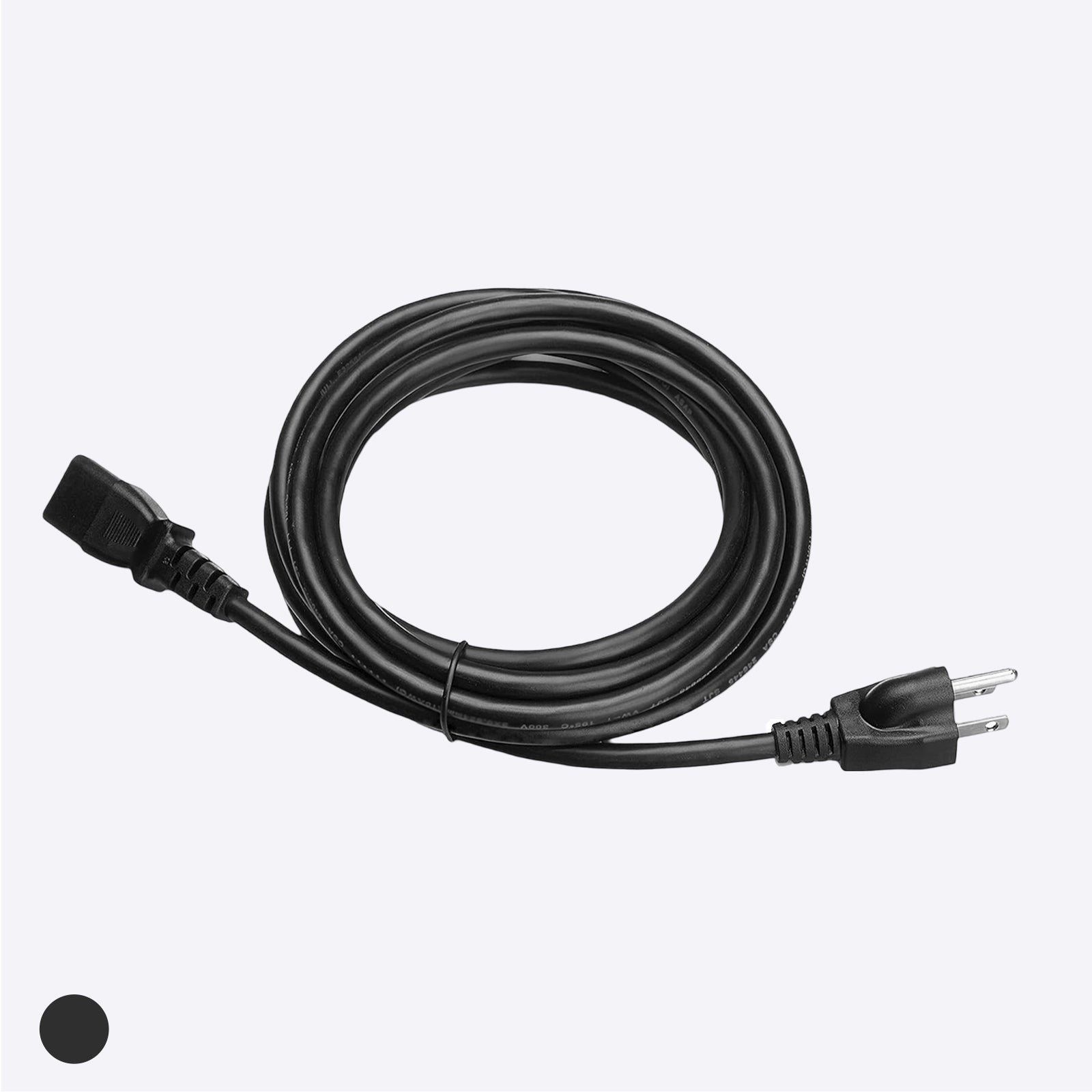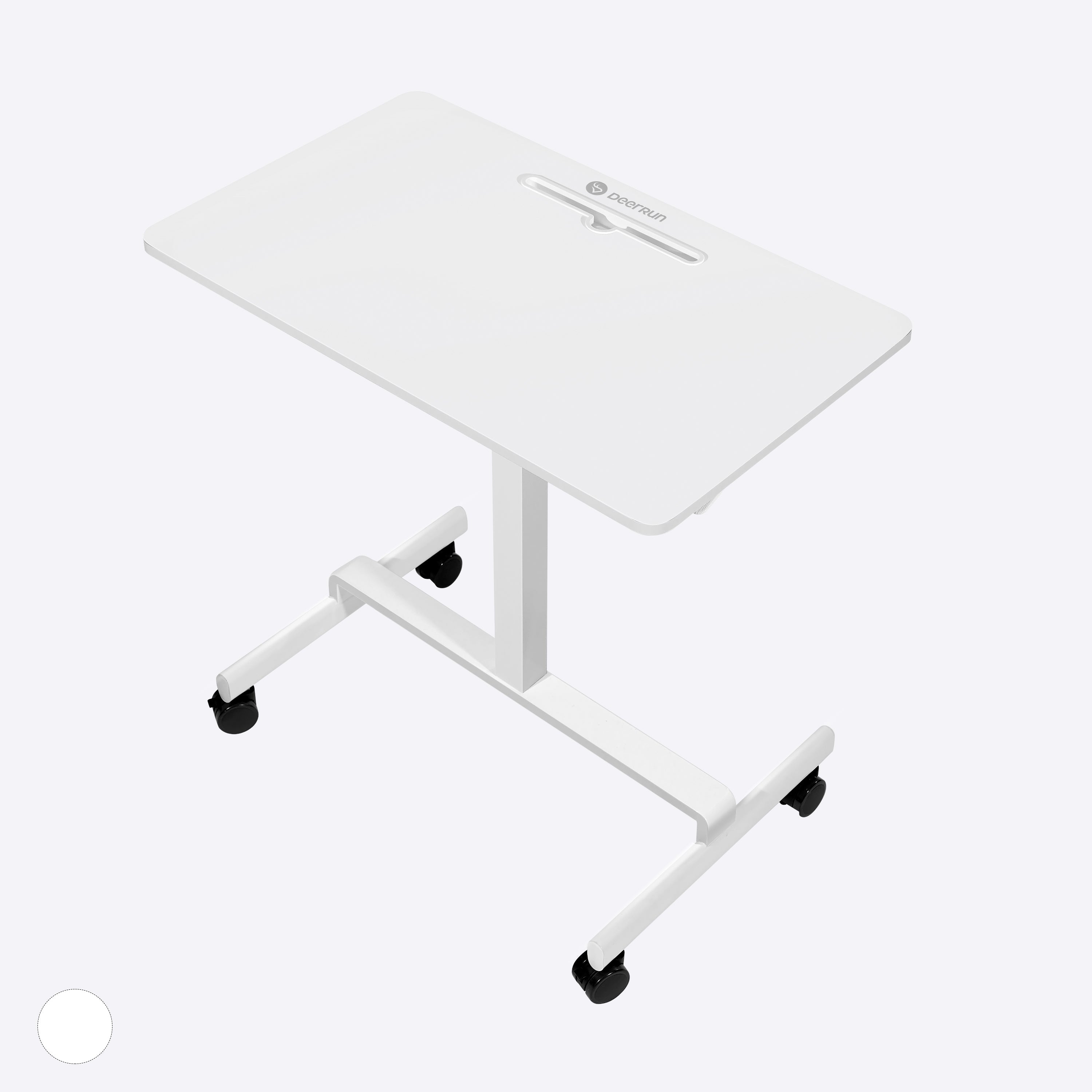In recent years, there has been a notable surge in the popularity of home fitness equipment, driven by an increased emphasis on health and wellness. With more individuals opting for convenient and accessible ways to stay fit, the demand for versatile exercise machines has grown significantly. Among the myriad options available, two stalwarts stand out for their efficacy in providing cardiovascular workouts: the Rowing Machine and the Treadmill.
Cardiovascular exercise, often referred to as cardio, plays a pivotal role in maintaining overall health and well-being. It not only contributes to cardiovascular fitness but also aids in weight management, boosts mood, and enhances endurance.
This comparison aims to delve into the merits of two popular home fitness machines – the Rowing Machine and the Treadmill. Each of these devices offers a unique approach to cardiovascular exercise, catering to different preferences and fitness goals.
Calorie Burns: Rowing Machine vs. Treadmill
Below is a simplified table providing approximate calorie burns for different intensities and durations on both a Rowing Machine and a Treadmill. Please note that these are average values and actual calorie burns can vary based on individual factors.
|
Exercise |
Intensity |
Duration |
Calorie Burn (150 lbs person) |
|
Rowing Machine |
Moderate |
30 minutes |
~210 calories |
|
Rowing Machine |
Vigorous |
30 minutes |
~316 calories |
|
Rowing Machine (HIIT) |
High Intensity Interval |
Varies |
Varies |
|
Treadmill (Walking) |
3.5 mph |
30 minutes |
~150 calories |
|
Treadmill (Running) |
6 mph |
30 minutes |
~300 calories |
|
Treadmill (HIIT) |
High Intensity Interval |
Varies |
Varies |
*Calorie burn estimates are based on average values for a 150-person and may vary.*
Cardiovascular Benefits: Rowing Machine vs. Treadmill
Rowing Machine
- Full-body Cardiovascular Workout:
- Engages major muscle groups simultaneously, promoting a comprehensive cardiovascular exercise.
- Incorporates both upper and lower body, ensuring a holistic workout experience.
- Low Impact on Joints:
- Gentle on joints, making it an ideal choice for individuals with joint concerns or those recovering from injuries.
- Smooth, gliding motion reduces the risk of impact-related injuries common in weight-bearing exercises.
- Efficiency in Calorie Burning:
- Maximizes calorie expenditure due to the engagement of multiple muscle groups.
- Suitable for high-intensity interval training (HIIT), enhancing the efficiency of calorie burning.

Treadmill
- Impact on Cardiovascular Health:
- Promotes cardiovascular endurance through sustained aerobic exercise.
- Mimics natural walking or running motions, challenging the heart and respiratory system.
- Variable Intensity and Incline Options:
- Allows users to customize workouts by adjusting speed and incline, catering to various fitness levels.
- Incorporates interval training options to intensify cardiovascular benefits.
- Caloric Expenditure and Weight Management:
- Facilitates effective calorie burning, aiding in weight management goals.
- The ability to control speed and incline enhances the intensity of workouts, contributing to weight loss efforts.

Muscular Engagement: Rowing Machine vs. Treadmill
Rowing Machine
- Engagement of Upper and Lower Body Muscles:
- Utilizes a pushing and pulling motion, involving the muscles in the arms, shoulders, and back.
- The leg drive engages muscles in the thighs, calves, and glutes, providing a comprehensive full-body workout.
- Building Strength and Endurance:
- Promotes muscular strength and endurance in both the upper and lower body.
- The continuous resistance from the rowing machine's flywheel enhances muscle toning and stamina.
Treadmill
- Focus on Lower Body Muscles (Legs and Core):
- Primarily engages muscles in the legs, including quadriceps, hamstrings, and calf muscles.
- Requires core stabilization for balance during walking or running, contributing to abdominal muscle engagement.
- Limited Upper Body Engagement:
- Lacks significant upper body involvement compared to rowing.
- Arm movement is minimal, and the focus is primarily on maintaining balance and rhythm.
Joint Impact and Injury Risks: Rowing Machine vs. Treadmill
Rowing Machine
- Low Impact on Joints, Suitable for Individuals with Joint Concerns:
- The smooth, gliding motion of the rowing machine minimizes impact on joints, making it suitable for individuals with arthritis or joint pain.
- Ideal for those seeking a cardiovascular workout with reduced stress on the knees, hips, and lower back.
- Reduced Risk of Overuse Injuries:
- Rowing distributes the workload evenly across major muscle groups, reducing the likelihood of overuse injuries.
- The controlled, low-impact nature of rowing minimizes strain on specific joints, promoting joint health over time.
Treadmill
- Higher Impact on Joints, Potential for Stress on Knees and Hips:
- The repetitive nature of running or walking on a treadmill can lead to a higher impact on the knees and hips.
- Individuals with existing joint issues may experience discomfort or exacerbation of symptoms during treadmill workouts.
- Possibility of Overuse Injuries, Especially for Runners:
- Runners, in particular, may be prone to overuse injuries such as shin splints, stress fractures, or tendonitis due to the repetitive nature of treadmill running.
- The impact forces generated during running can contribute to wear and tear on joints over time.
Convenience and Space Considerations: Rowing Machine vs. Treadmill
Rowing Machine
- Compact Design, Suitable for Smaller Spaces:
- Rowing machines typically have a streamlined and compact design, making them ideal for individuals with limited workout space.
- Fits well in home gyms, apartments, or rooms where space is a premium.
- Ease of Storage:
- Many rowing machines have a foldable or collapsible design, enhancing their storage convenience.
- Can be easily stowed away in a closet or corner when not in use, maximizing space efficiency.
Treadmill
- Larger Footprint May Require More Space:
- Traditional treadmills generally have a larger footprint compared to rowing machines.
- Requires ample floor space, which may be a consideration for those with limited room or a designated workout area.
- Consideration for Storage and Portability:
- Non-foldable treadmills may pose challenges in terms of storage and portability.
- Foldable treadmills and under desk treadmill are available, providing a compromise for individuals seeking a treadmill with easier storage options.

Variety and Workout Options: Rowing Machine vs. Treadmill
Rowing Machine
- Versatility in Rowing Techniques:
- Rowing machines offer a range of rowing techniques, allowing users to customize their workouts.
- Variations include different grips, hand positions, and rowing styles, providing versatility in targeting various muscle groups.
- Potential for HIIT (High-Intensity Interval Training):
- Well-suited for High-Intensity Interval Training (HIIT), where users alternate between short bursts of intense effort and periods of lower-intensity recovery.
- HIIT on a rowing machine can enhance cardiovascular fitness and calorie burning in a time-efficient manner.
Treadmill
- Variable Speed and Incline Options:
- Treadmills allow users to adjust both speed and incline, providing a versatile range of workout intensities.
- The ability to simulate different terrains by adjusting incline levels adds variety to walking or running workouts.
- Incorporation of Interval Training:
- Treadmills are conducive to interval training, allowing users to alternate between periods of high-speed or high-incline running and slower-paced recovery periods.
- Interval training on a treadmill can enhance cardiovascular endurance and calorie burning.
Psychological and Mental Benefits: Rowing Machine vs. Treadmill
Rowing Machine
- Engaging and Meditative Rowing Motion:
- The rhythmic and fluid motion of rowing can be inherently engaging and meditative.
- The repetitive nature of the rowing stroke allows users to enter a focused and calming state during their workout.
- Low Mental Fatigue:
- Rowing provides a low-impact, full-body workout, reducing mental fatigue compared to higher-impact exercises.
- The combination of physical exertion and a soothing rowing motion can contribute to a positive mental state.
Treadmill
- Release of Endorphins and Stress Reduction:
- Running or walking on a treadmill stimulates the release of endorphins, the body's natural mood enhancers.
- Regular treadmill workouts can contribute to stress reduction and an improved overall mood.
- Mental Resilience Through Running or Walking:
- Engaging in a consistent running or walking routine on a treadmill fosters mental resilience.
- Overcoming challenges, and setting and achieving distance or time goals, can positively impact mental well-being.
Conclusion
In the perennial debate between the Rowing Machine and the Treadmill, the ultimate choice depends on individual preferences, fitness goals, and specific health considerations. Both machines offer unique benefits, and the determination of which is "better" hinges on what each individual seeks in their exercise routine.















Leave a comment
This site is protected by hCaptcha and the hCaptcha Privacy Policy and Terms of Service apply.